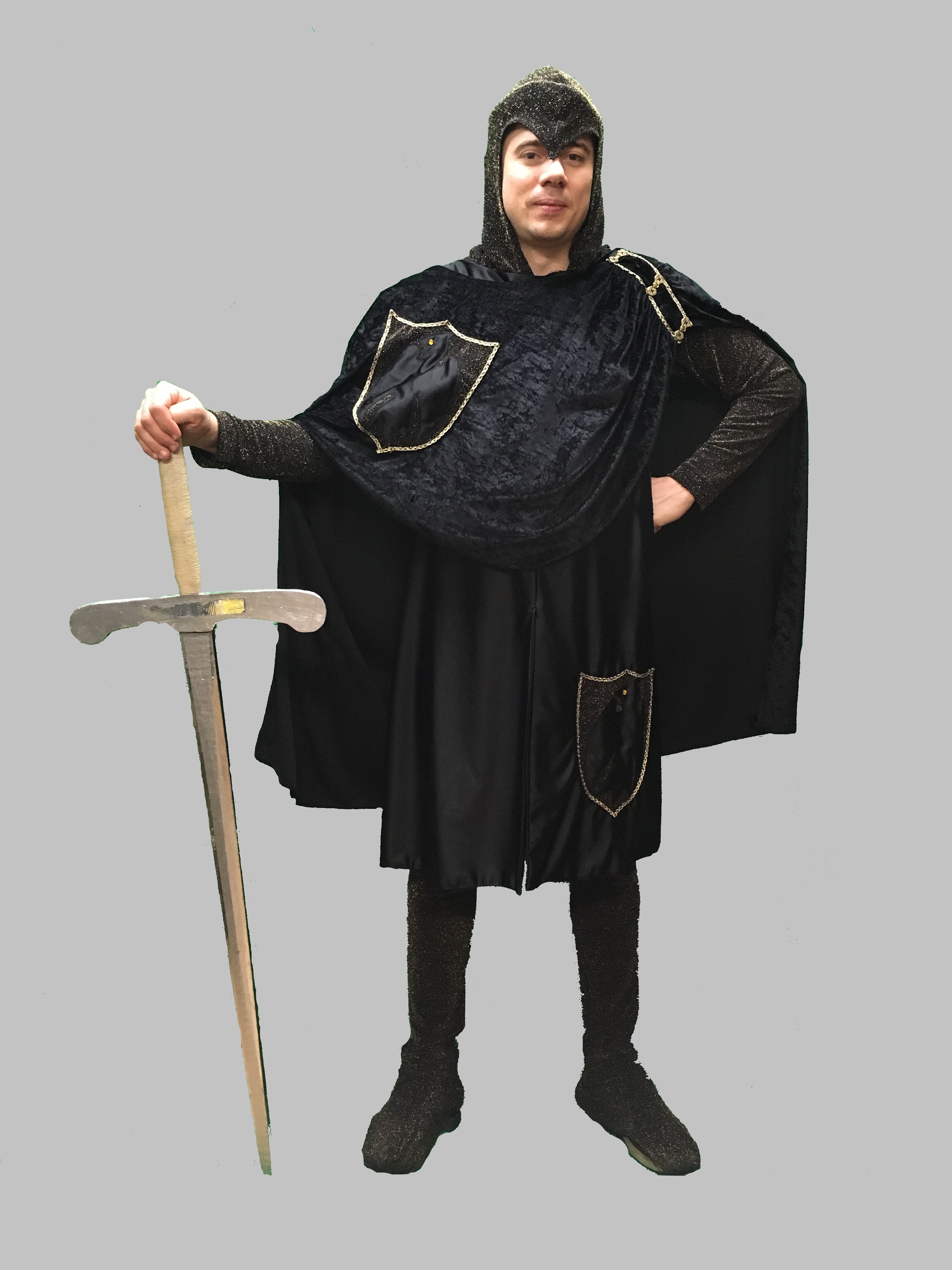

His conduct included robbery, false arrest, unjust invasion of property and persistent attacks on local landed interests, both secular and ecclesiastical. Philip Marc was castellan of Nottingham 1209, had custody of Sherwood Forest and held the office as Sheriff of Nottinghamshire and Derbyshire between 1209-1224. These new sheriff’s’ were mercenary captains that became more like royal officials with an expense account.įew of these foreign interlopers were more hated than the family of Gerard d’Athee, Sheriff of Nottinghamshire and Derbyshire between 1209-9 with his notorious distant cousin Philip Marc as his understudy. During the reign of Richard I (1189-1199) Ralph Murdoc was High Sheriff of Nottinghamshire and Derbyshire.Īfter the loss of Normandy, King John (1199-1216) removed many of the old sheriffs and began to appoint new foreign agents, in his attempt to regain his families lands and repay the debts inherited from his brother Richard. Some of these sheriff’s returned back to power eventually and their political power continued to trouble later monarchs. In Nottinghamshire and Derbyshire, Robert son of Ralph was removed, William son of Ralph came in. Almost all the sheriffs were removed along with their bailiffs after complaints against their conduct and accused of exploiting their power and maltreating the men of his realm. When Henry II returned to England in 1170 after four years on the continent he commissioned an inquiry into the behaviour of his royal officials, known as The Inquest of Sheriffs. If an accused failed to appear in court after four consecutive sessions to answer the charges he was outlawed, which up until the fourteenth century, meant he could be killed on sight. The sheriff and his bailiffs had to find and arrest suspects, which was not an easy task.

Twice a year the High Sheriff made a tour of his county, where amongst many things he heard presentments of criminal activities. These bisshoppes and these archebishoppes, So it is this High Sheriff of Nottinghamshire and Derbyshire who is linked with Robin Hood:

This power was very often exploited by many for their own financial gain. He also had to maintain a military force for the king. As the shire-reeve, the sheriff and his officials were responsible for dispensing justice in the county court as the highest law in the county, administering the king’s estates and collecting the income from the shire to pay into the exchequer. From 1155 this High Sheriff inherited the old Peveril estates and was until Elizabethan times the kings officer and representative of both Nottinghamshire and Derbyshire. These two Sheriff’s of Nottingham were intended to replace the High Sheriff who had since the Norman Conquest been the representative of the king’s government in sole charge of Crown Law. (For a short time in 1682 it even had four). It was Henry VI who in 1448 gave Nottingham a Royal Charter that gave it County Status and from 1449 the Mayor and Burgesses had the power to elect every year, two prominent Burgesses of the two old boroughs, to be Sheriff’s.

In fact the first Sheriff of Nottingham was not appointed until 1449, well after Robin Hood is supposed to have existed. But what was the real Sheriff of Nottingham like? In Walt Disney’s Story of Robin Hood, the Sheriff of Nottingham was played by Peter Finch who, as part of a long line of famous actors in that role, brought a snide threat, to the villainous character.


 0 kommentar(er)
0 kommentar(er)
